the shock absorbers shake on the stony road. Kids wave at us in passing. The ordeal ends on a tasteless village out of hand. On the other side of the dune, a long sand beach and some great waves that seem intended to surfers. But at the entrance of the village, signs announcing guest houses and dive centers titillate us. What does this tiny bay, northeast of Durban, hide in its depths? We get off here to discover it.
Far from the almost industrial bustle of the Coral Divers center, we opt for the Amaury Diving club. Colin, the founder, greets us and we make an appointment for tomorrow morning on the beach.
The inflatable boats lie on the beach and a crowd fidgets around. Big tractors push them onto the water. Dive briefing. Armed with a mask and a tank we hop on the boat. The skipper avoids the breaking waves before dashing towards the dive spot.
We slowly sink into the big blue. The first patterns loom. Soft and hard corals decorate the reef formations and shelter an astounding diversity of submarine life. From the clown triggerfish to the boxy, from the harlequin shrimp to the emperor angelfish. The colors harmony of the nudibranches drive us speechless. The diversity of this kind of slug is so amazing that it became the Colin's speciality and plan to write a book on it. He shows us a species, unknown from the scientists' world so far – a nudibranch which still waits for its Latin name. Spotted, Striped, yellow, blue, white, purple and seldom exceeding the 2 centimeters, they embellish the miniature world of the reef. But the chromatic high point covers the harlequin shrimp which is savouring a starfish. Blotches trim its pearly shell. A few flaps of fin further, the grace of a swimming turtle.
We will repeat this ritual 5 other times with always the same dose of fascination. 6 dives in total and as so many unforgettable moments. Speckled crabs hiding in the cracks of a spiny coral. Open-mouthed morays in front of us, dumbfounded. Disks of majestic corals enveloped by orange shoals. Pimply nudibranches and stingray taking off from the sandy bottom.

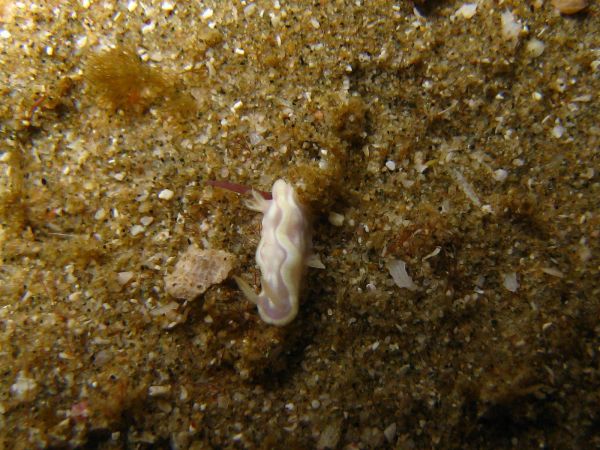

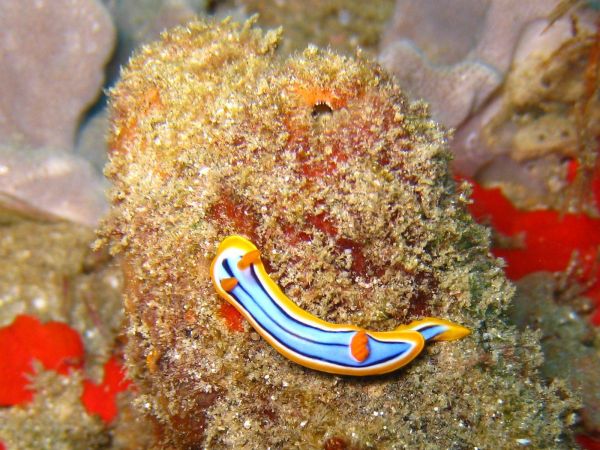

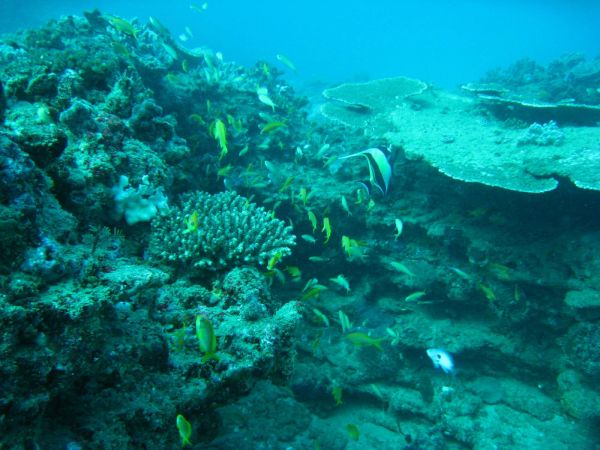
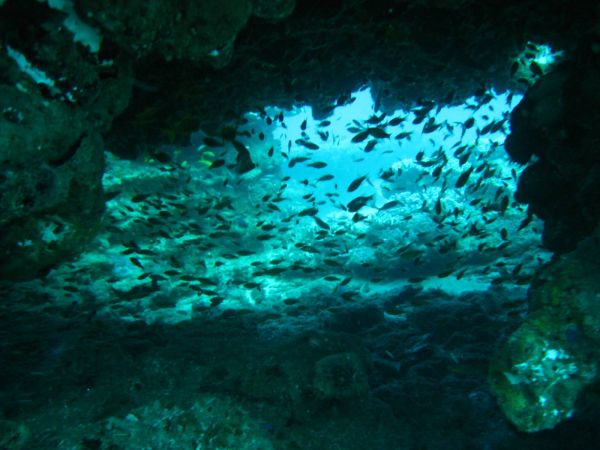
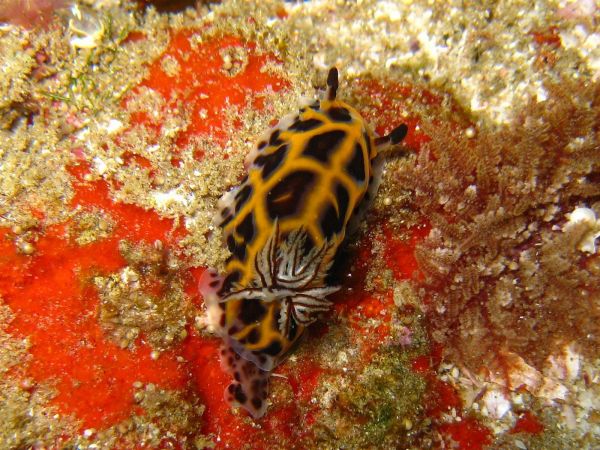
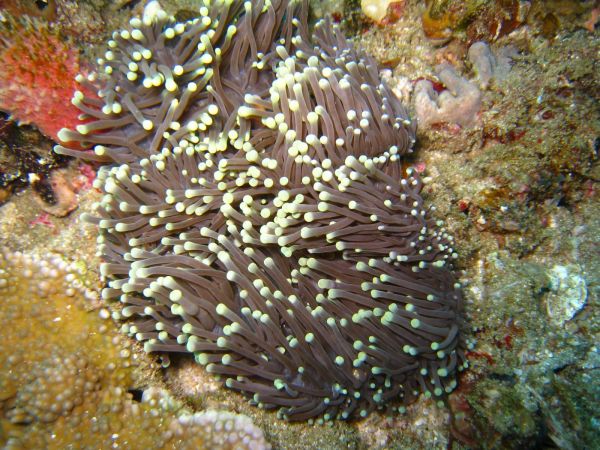
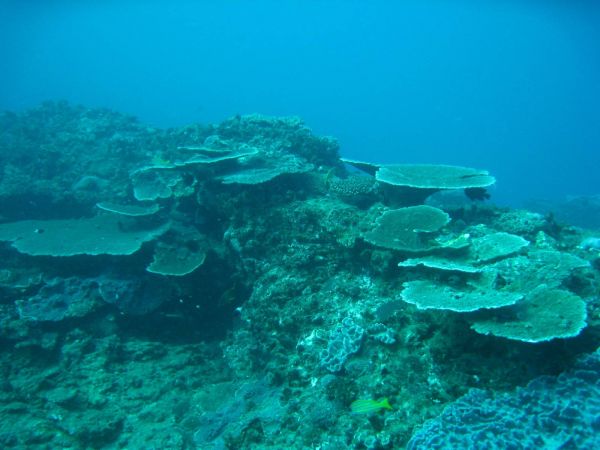
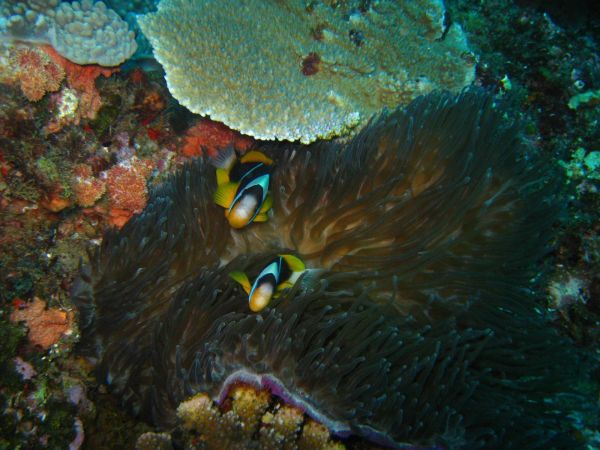
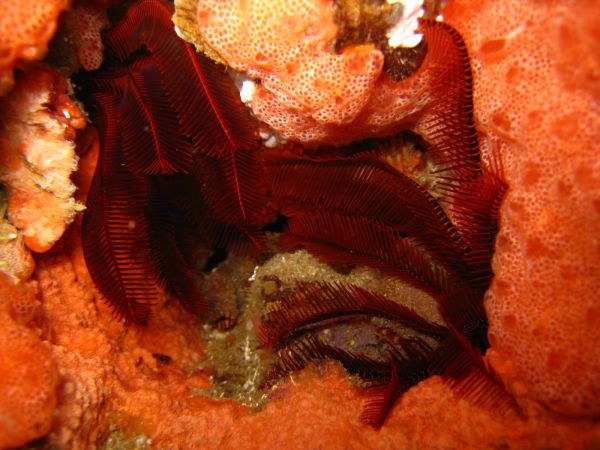
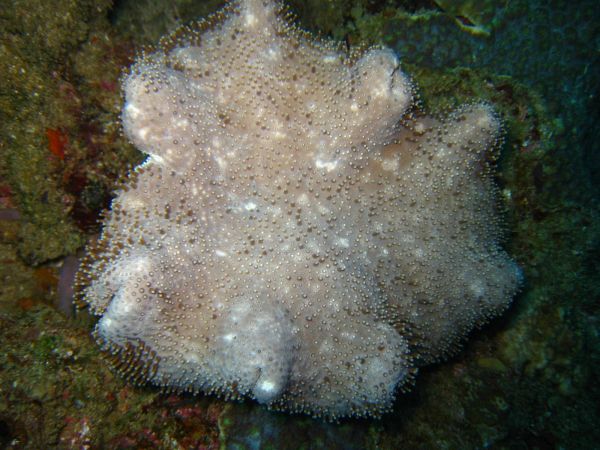

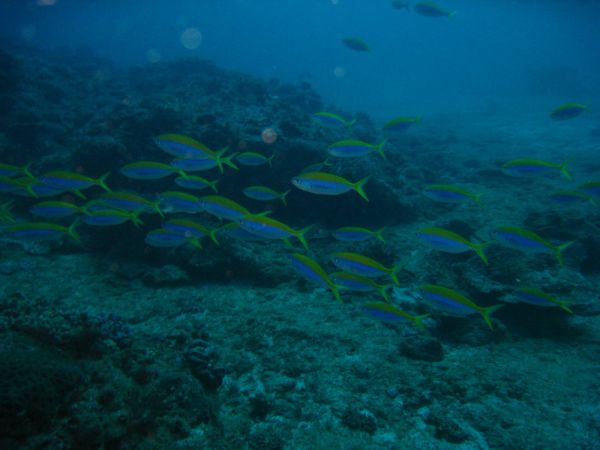
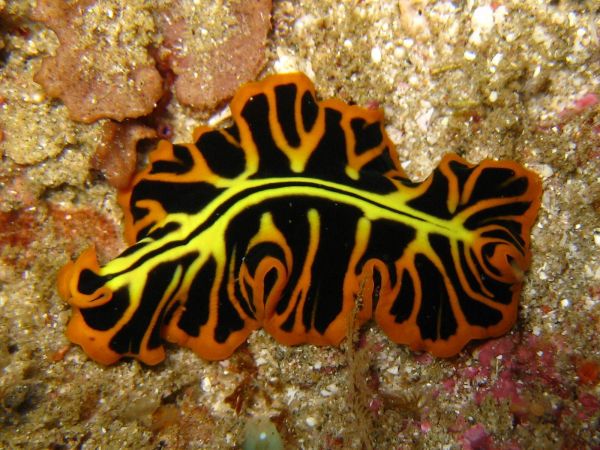


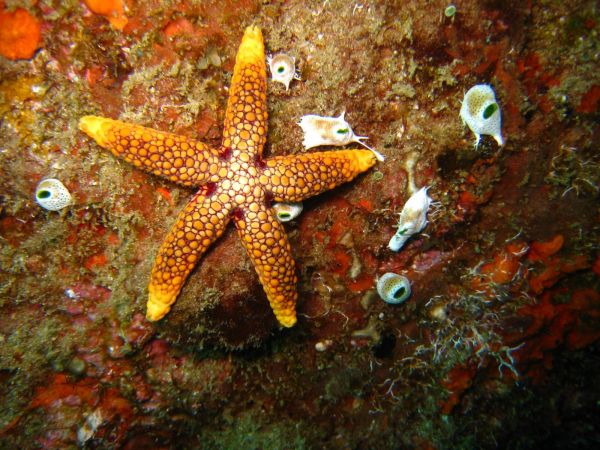
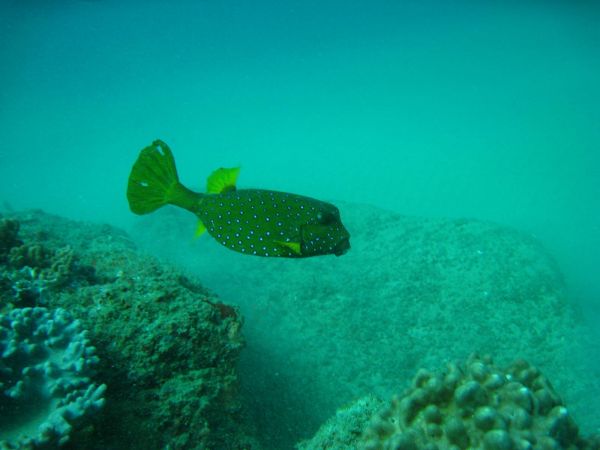
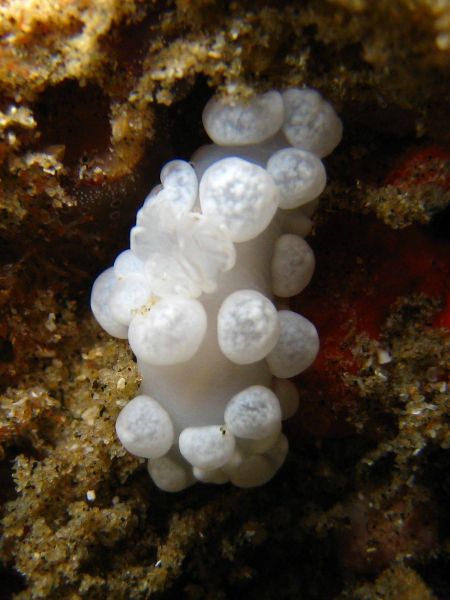
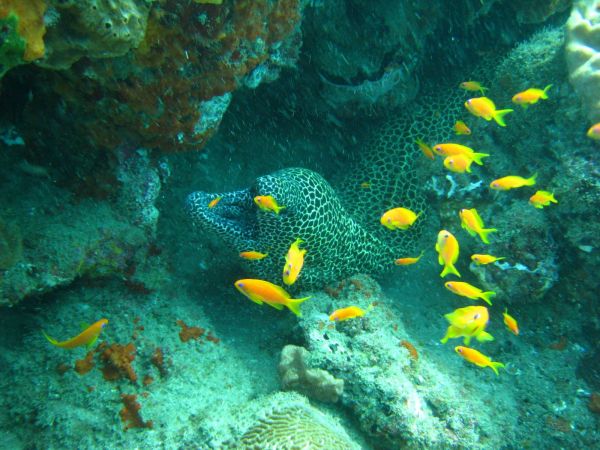




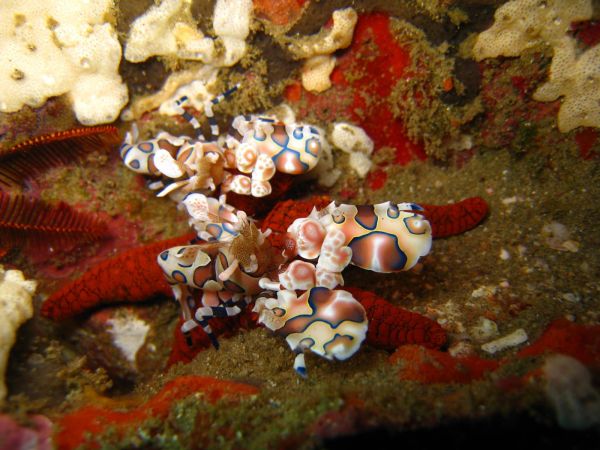
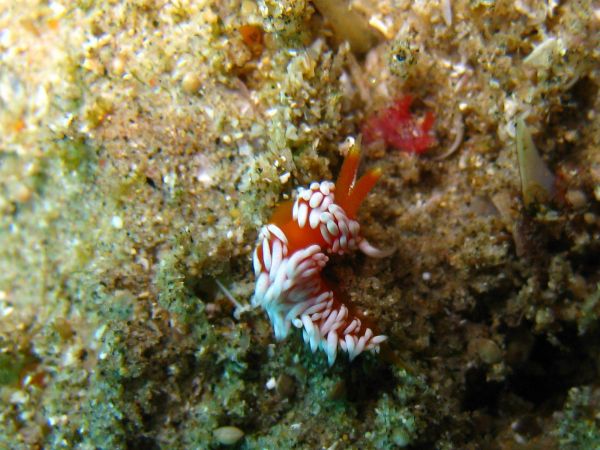
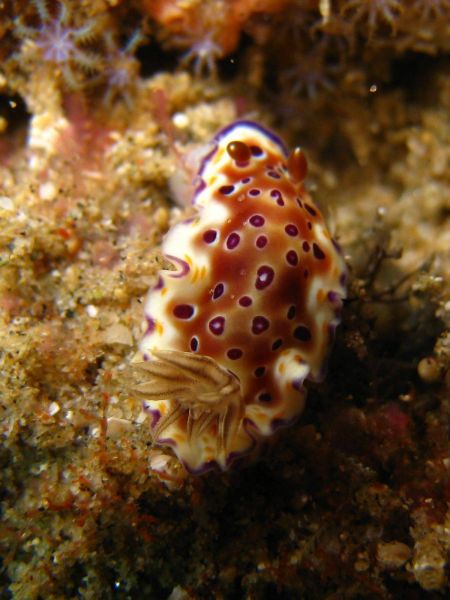

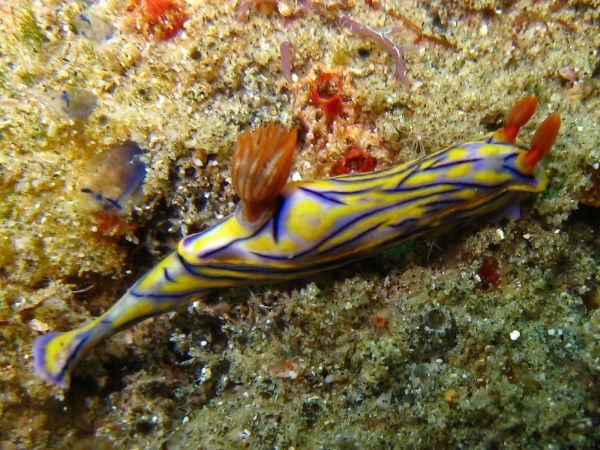



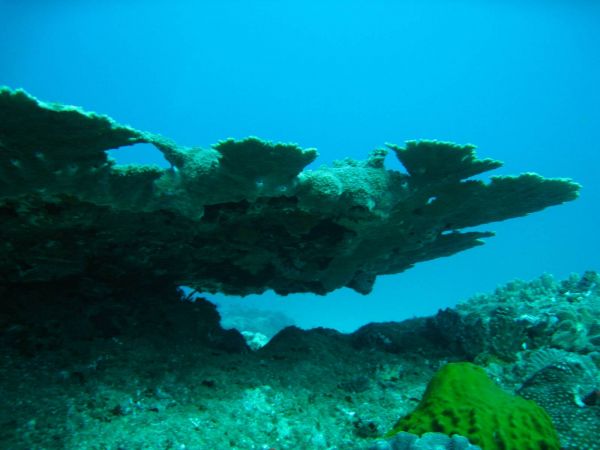
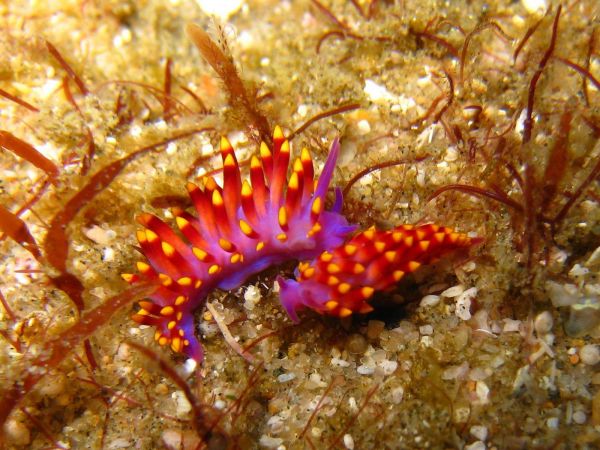


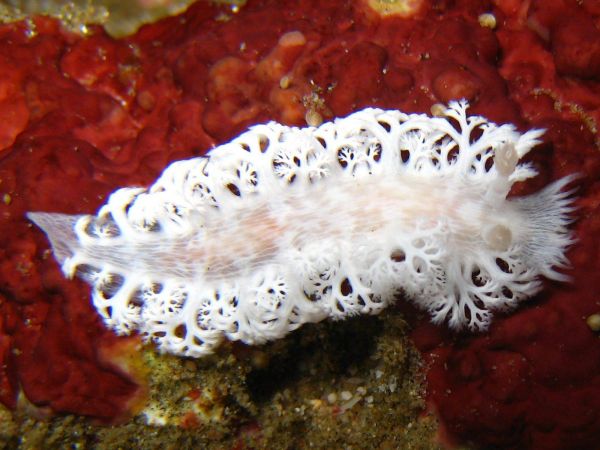
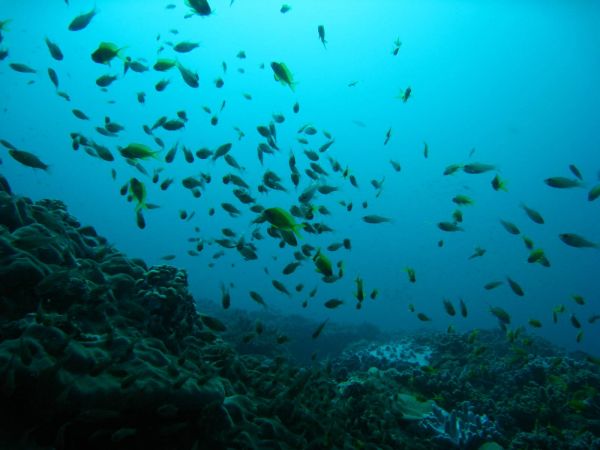
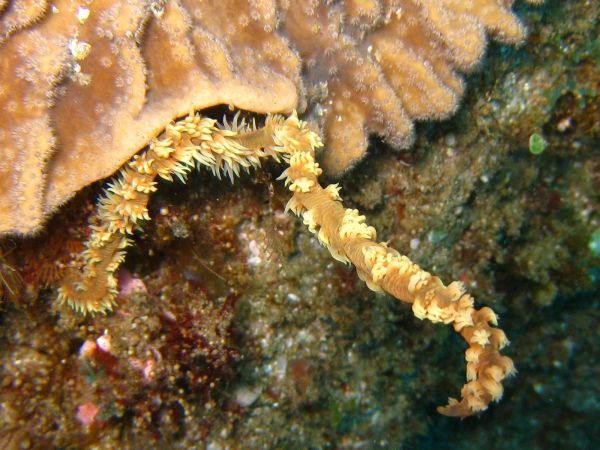
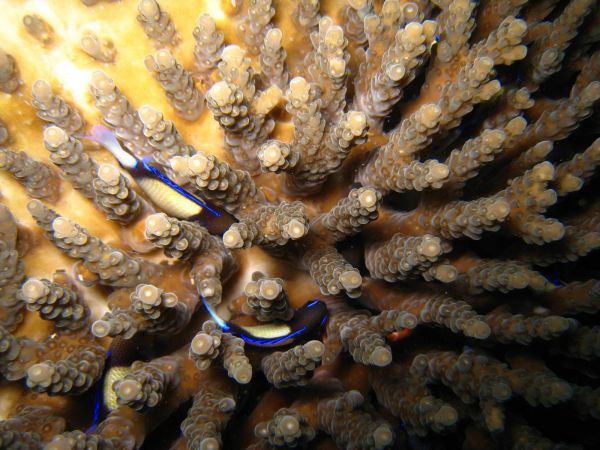
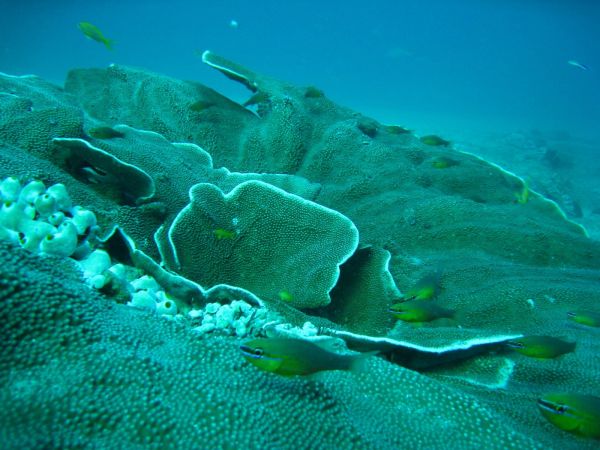




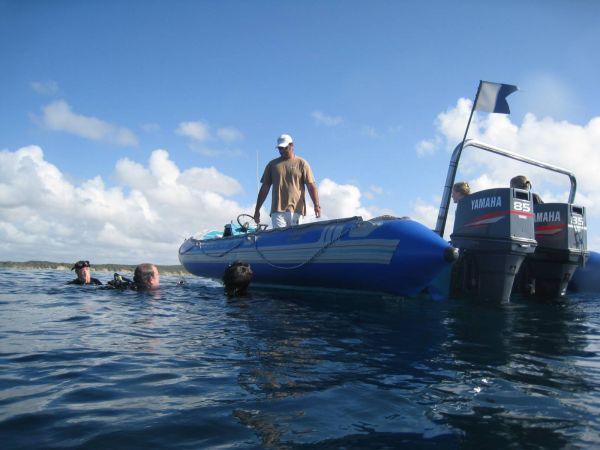
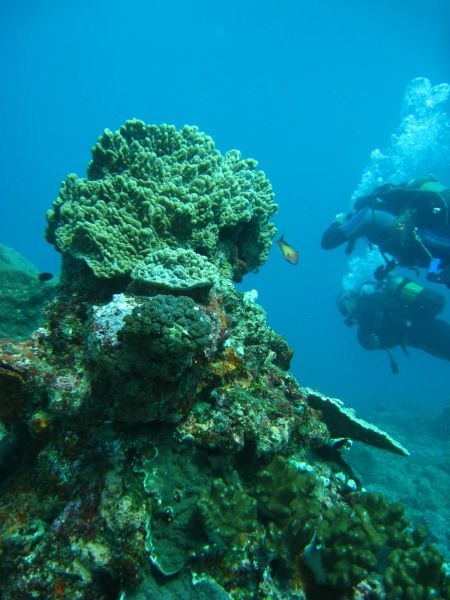

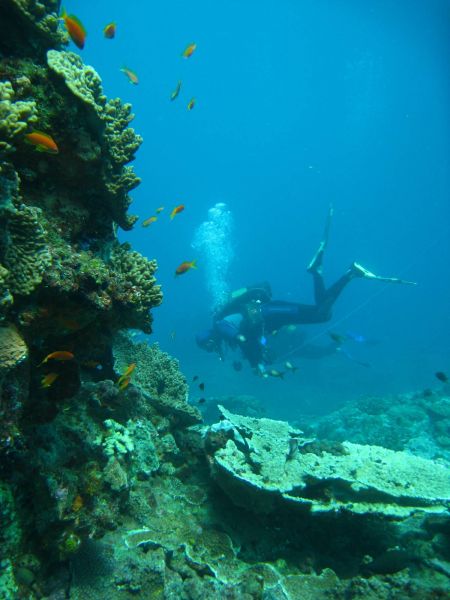
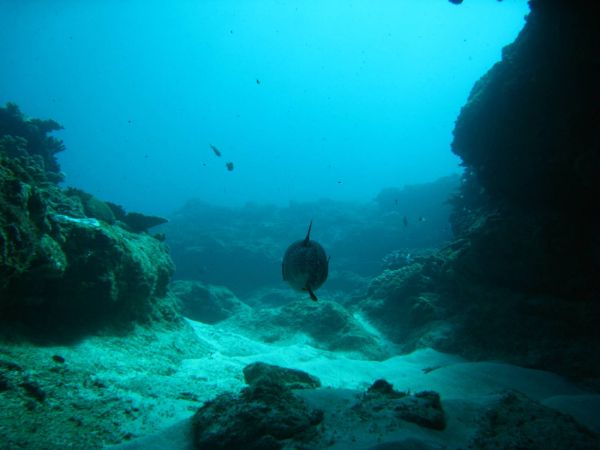




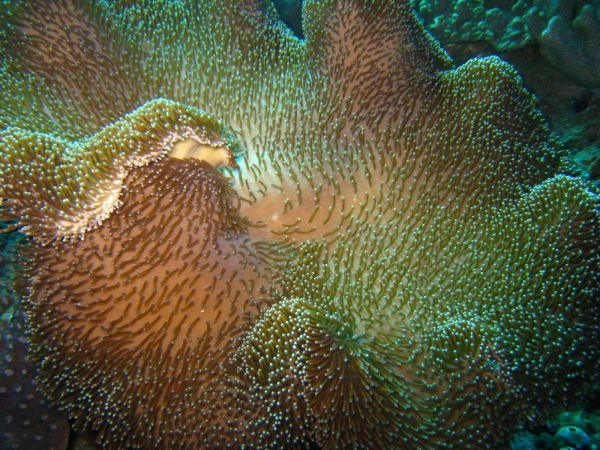

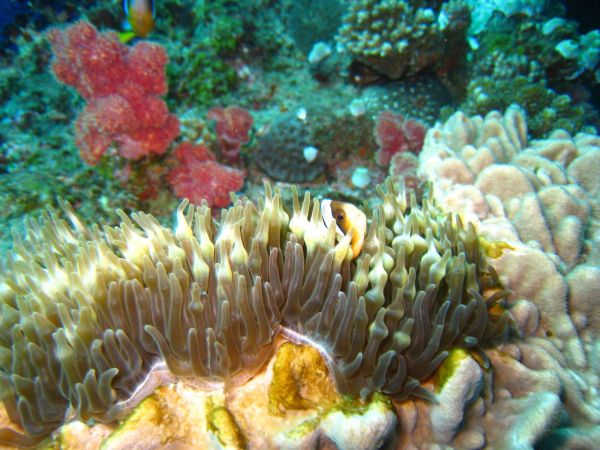
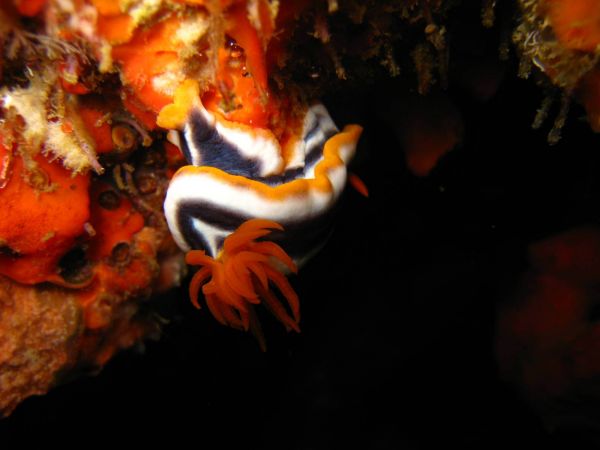


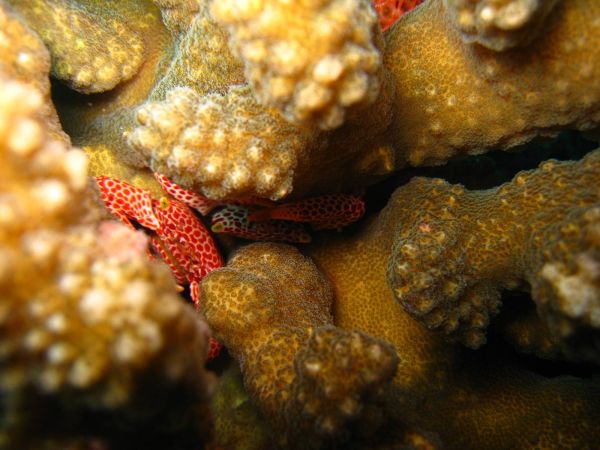
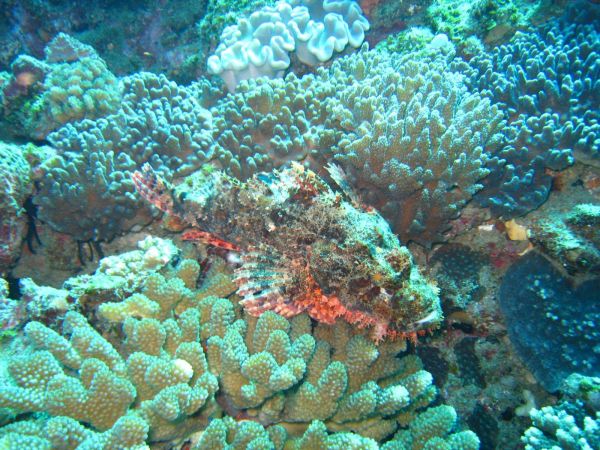


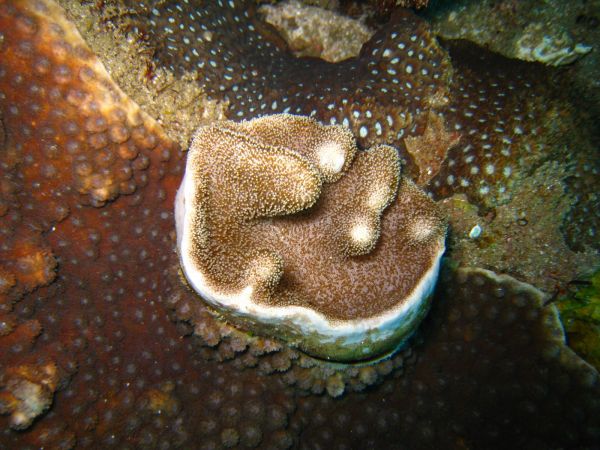
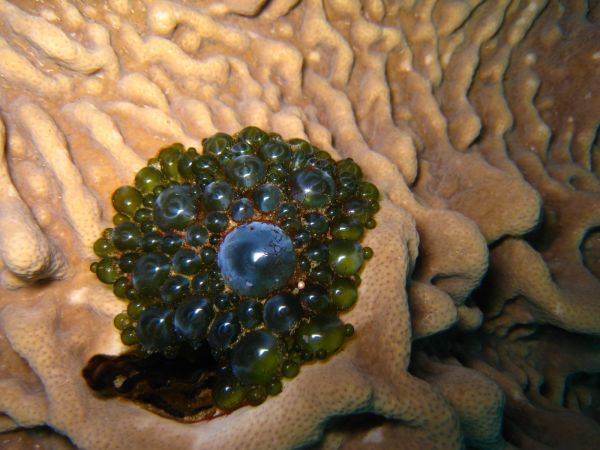
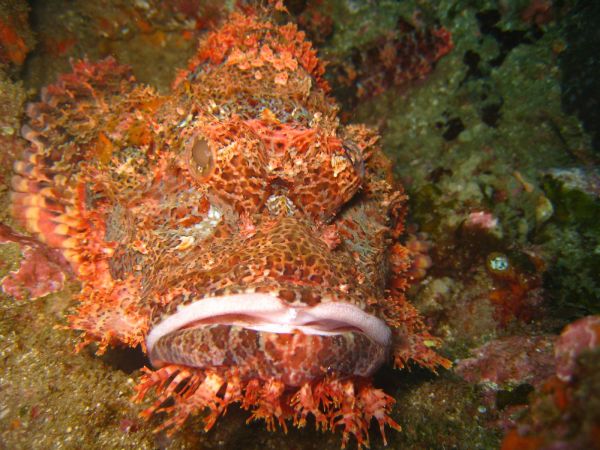


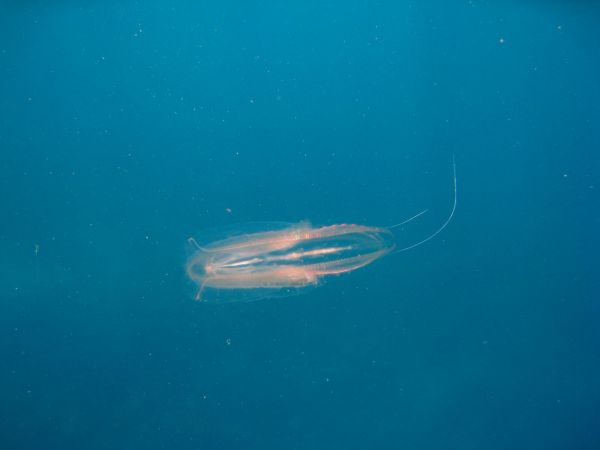


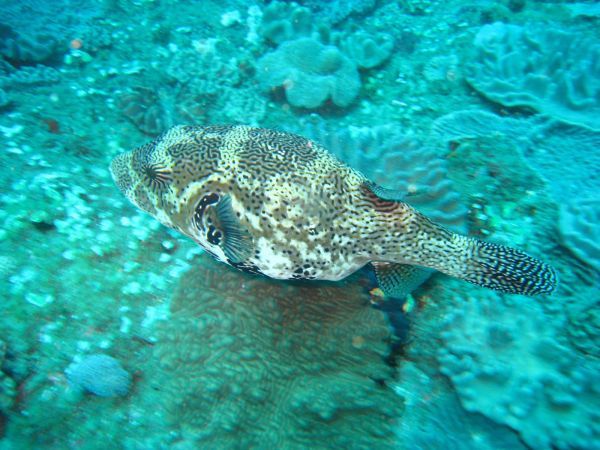




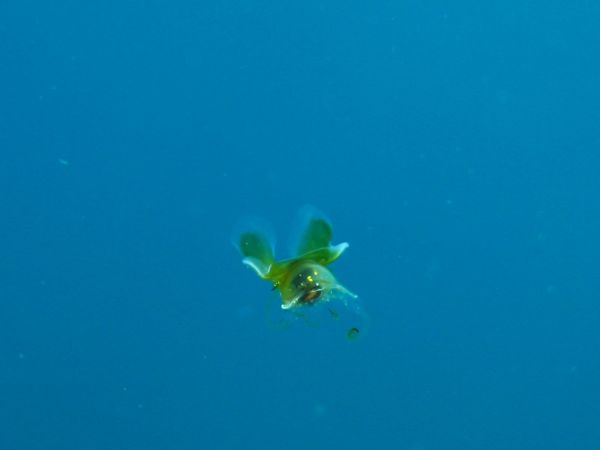
Keyword - submarine universe -
Thursday 24 July 2008
the magical reef of Sodwana Bay
By dorian on Thursday 24 July 2008, 20:53 - RTW2-South Africa
Friday 30 November 2007
The nudibranches of Poor Knight Islands
By dorian on Friday 30 November 2007, 20:07 - RTW-New Zealand
Our second day of diving is located on the archipelago of the Poor Knight Islands that Jacques-Yves Cousteau made it popular ranking the spot as one of the 10 best dives in the world.
We have an appointment at 9am in the peaceful pier of Tutukaka. We get the diving equipment before settling on board of the boat. After a short safety briefing, we heave the anchor. The sea is calm while the outline of the islands loom in the distance. En route, we suddenly change the course to chase a group of pilot whales. Sort of big bulby-headed dolphins. For a short time, we forget the scuba diving and our eyes look for the dark spots on the water surface.
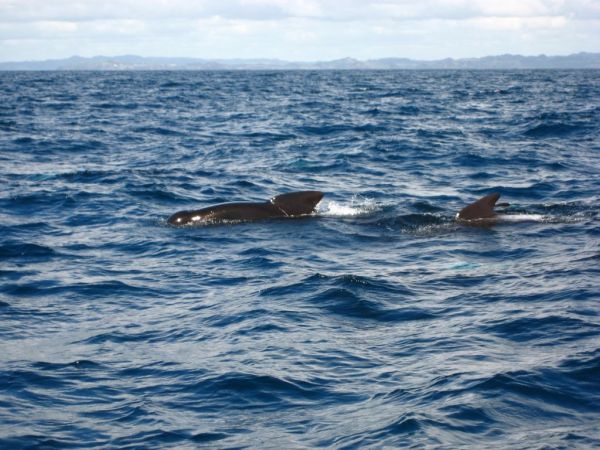
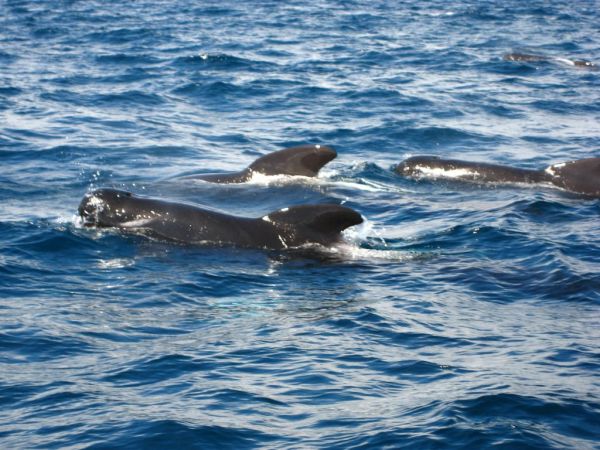

We leave the company of the cetaceans to head for the islands of the archipelago. A large opening in the rock overlooks us and it's under this arch we 'll pass diving. We quickly put on the equipment, mask installed and regulator in the mouth, we jump into the ocean. A trickle of cold water flows alongside my spine as we sink to the bottom of the sea. We enter in a long corridor where the giant seaweeds dance in the current. A soft light illuminates the colossal gully we swim in. A kind of triomphant aisle reserved for the submarine world. Despite the imposing size of the way, our looks linger on the small animals which live among the seaweeds. The mulitcoloured nudibranches (sea slugs) give eerie shades to the rocks. Tiny invertebrates which let us forget all the rest.
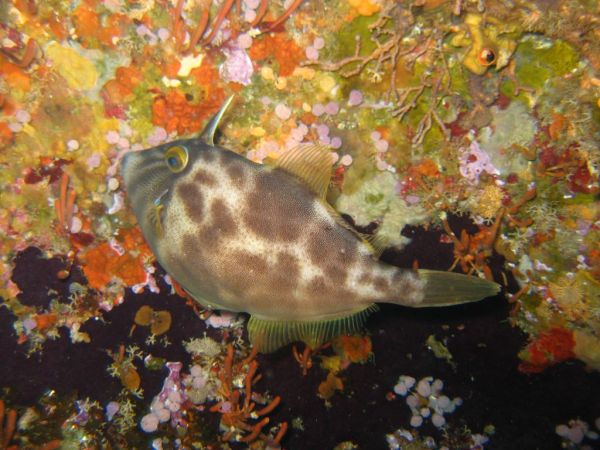
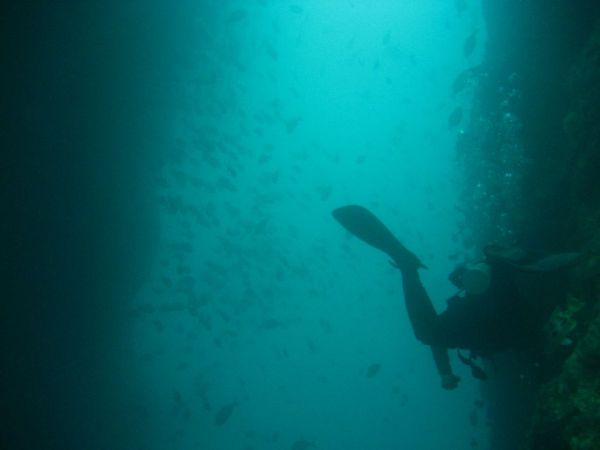

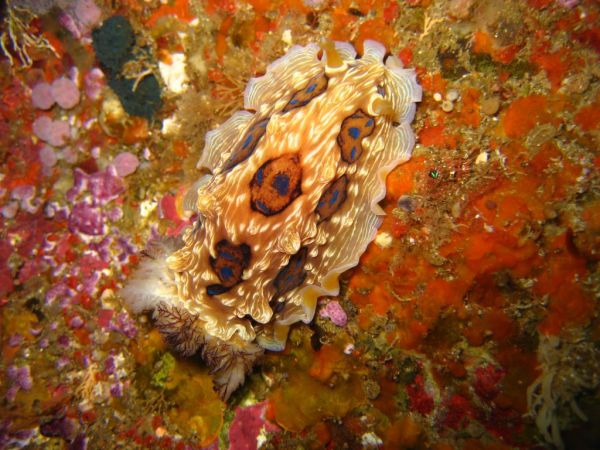
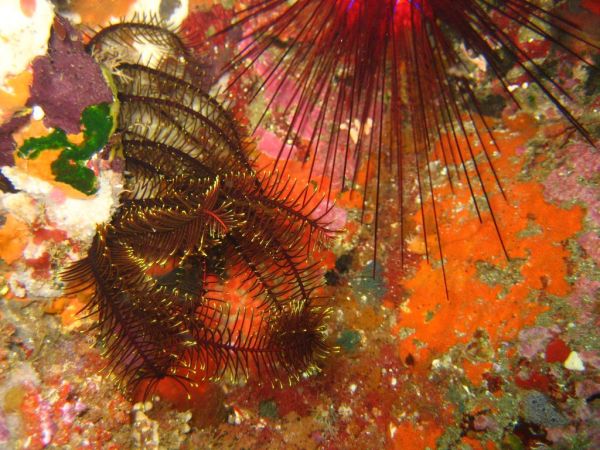
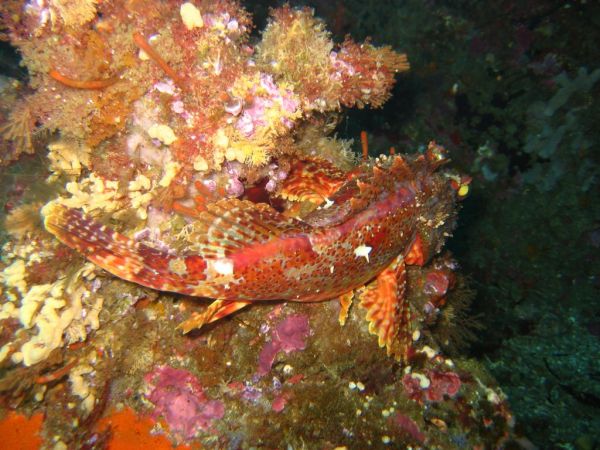
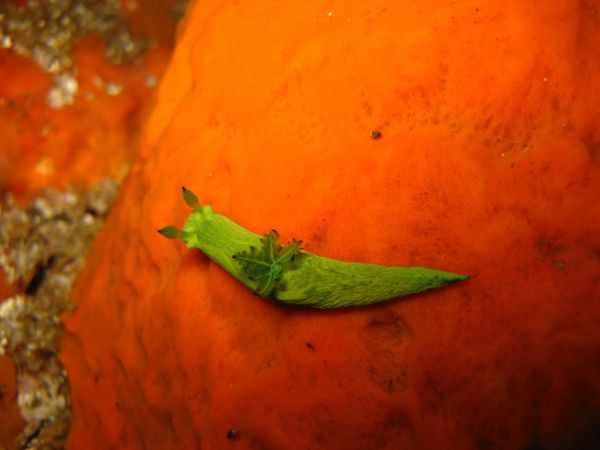
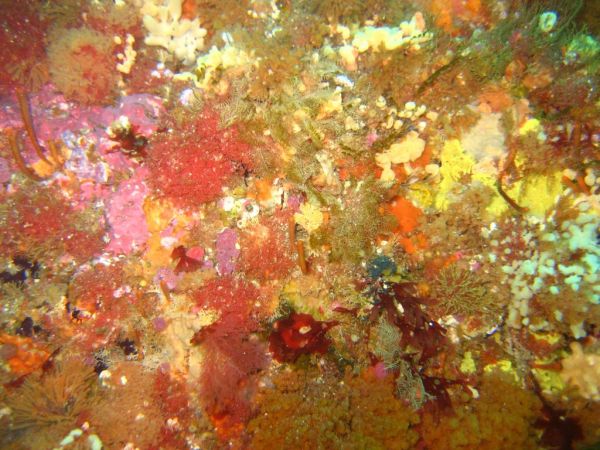
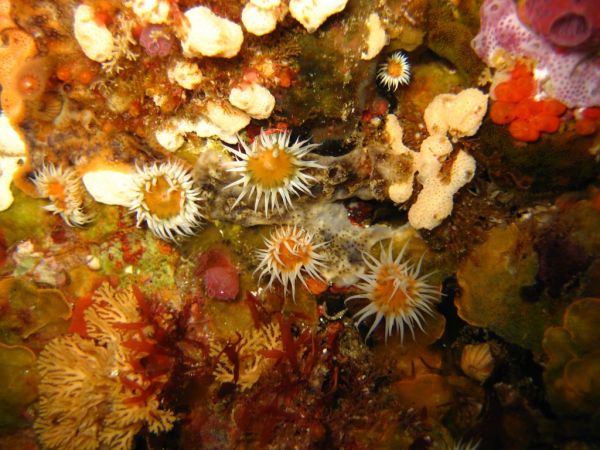
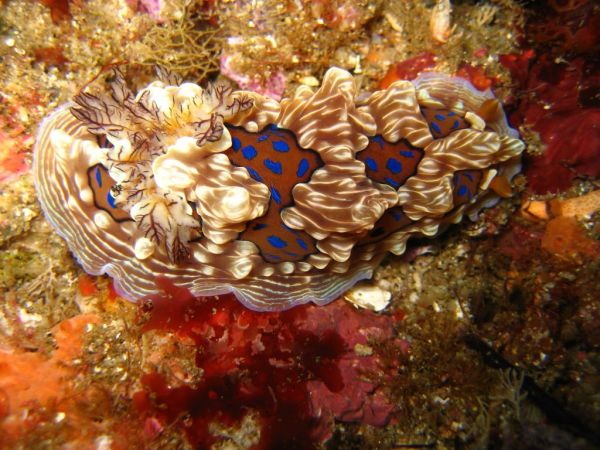
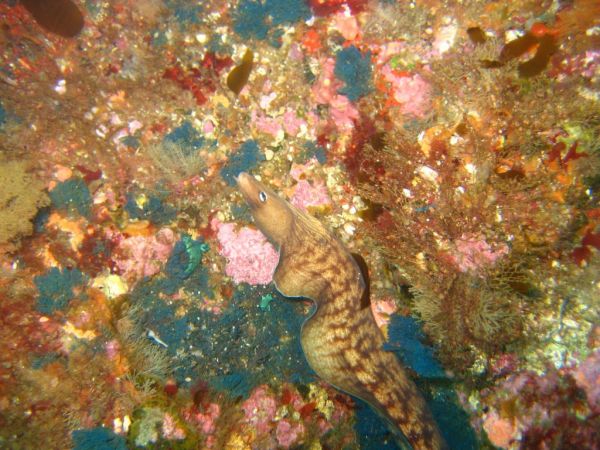

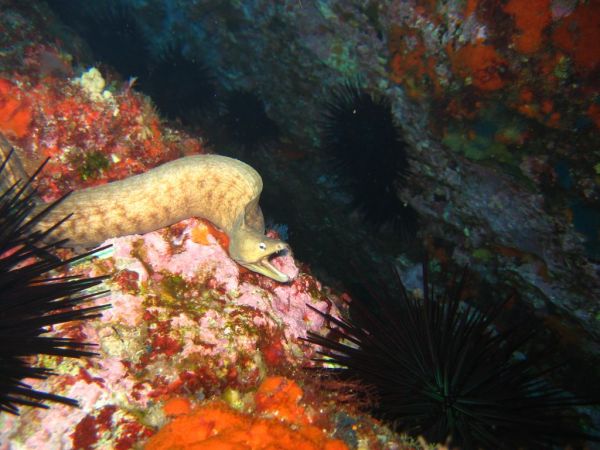
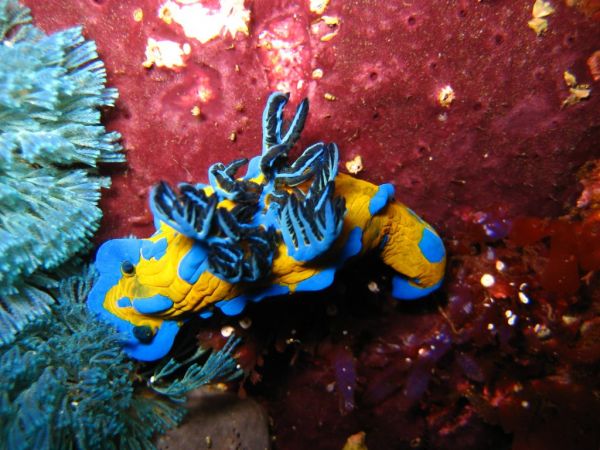
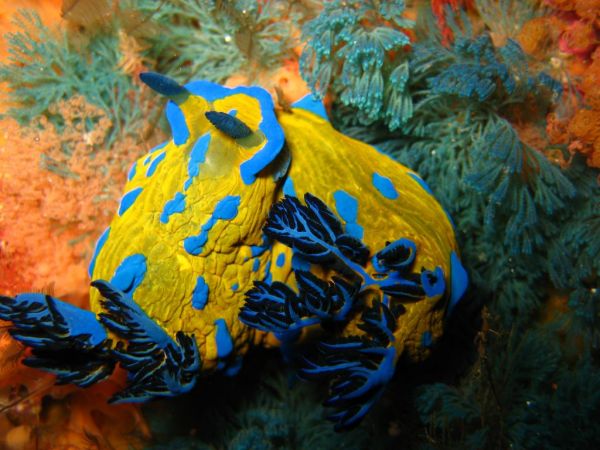
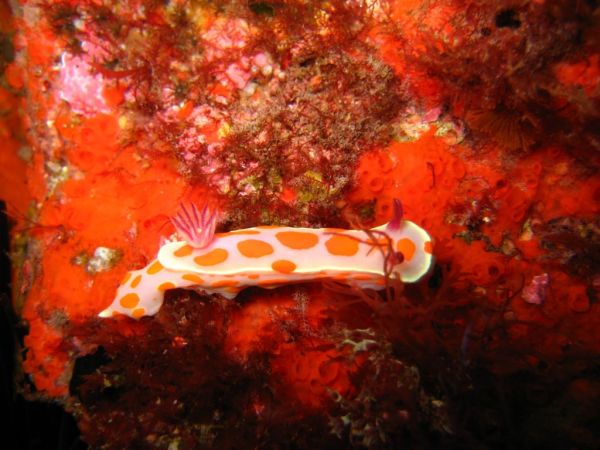
The second dive completes our visual set of fish, nudibranches and submarine flora. A second dose of nitrogen in the outstanding sea bed of this archipelago.
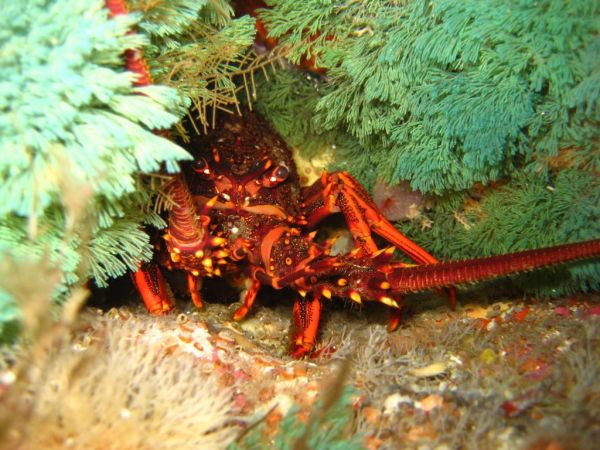
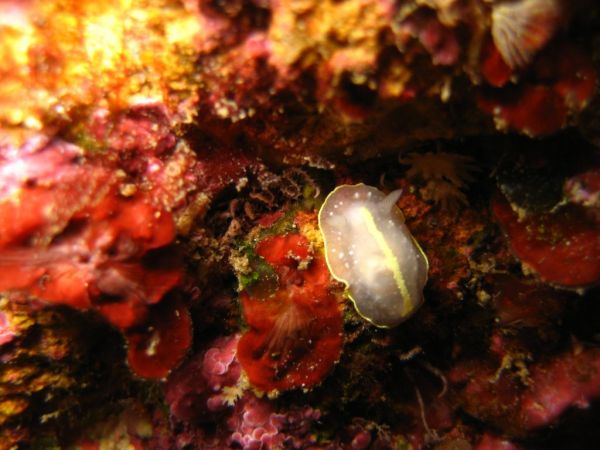

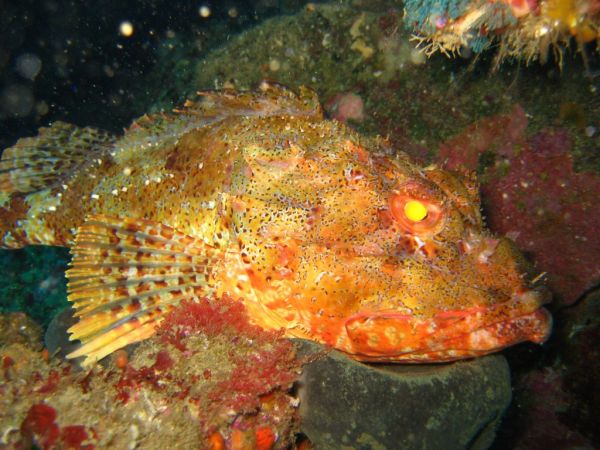
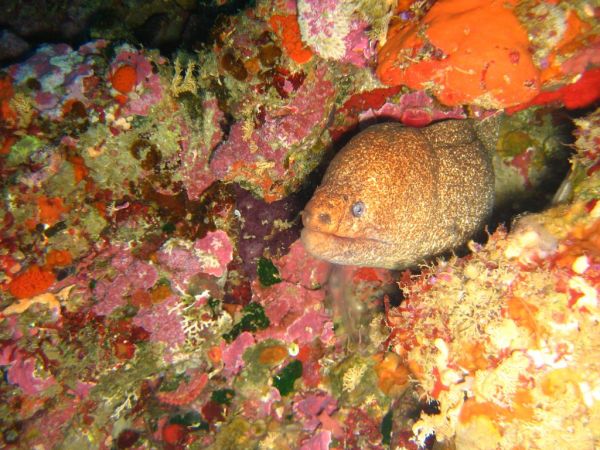
Thursday 29 November 2007
Dive on the Rainbow Warrior wreck
By dorian on Thursday 29 November 2007, 20:02 - RTW-New Zealand
Off the Cavalli islands coast, an illustrious wreck lays down.
The story of this wreck doesn't summarize in the frenzy of a mere ship which hits a reef or an iceberg and slowly sinks ; it implies a darker affair where words like political scandal, diplomatic crisis, sabotage and secret agents surface. An affair that causes French politics trouble in the middle of the eighties. But before diving in the dismal and unfortunately bloody story of the Rainbow Warrior sabotage, we go to discover the Bay of Island, between flowers and ocean.
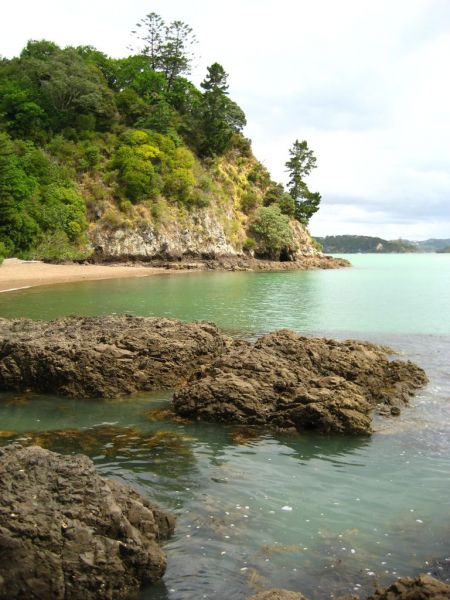

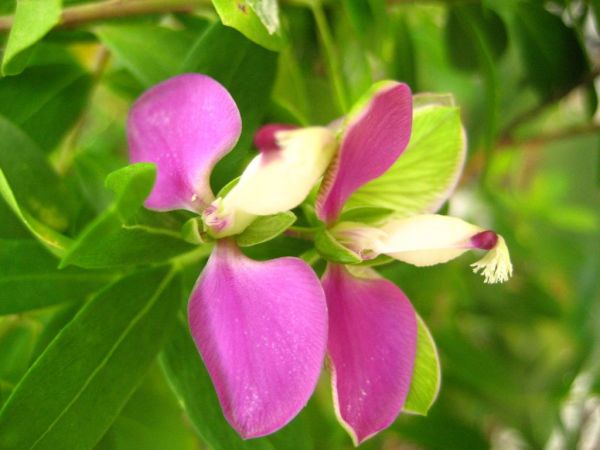

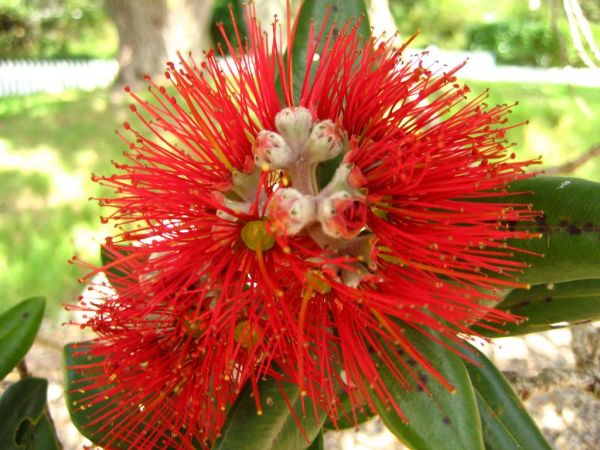
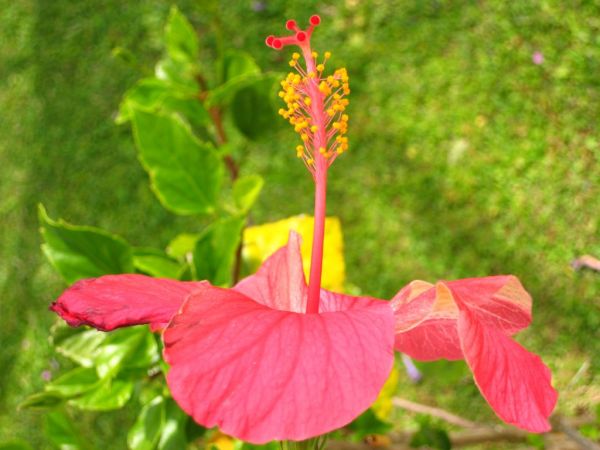
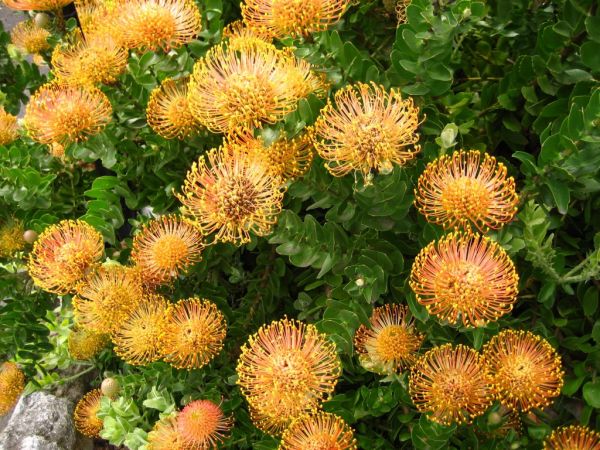
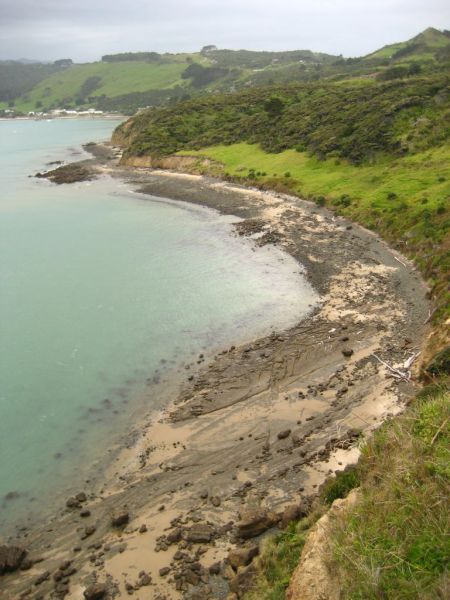

The next day, from Paihia, we take a bus to reach a beach that faces the Cavalli islands. On the lawn of a campsite, we put on the diving equipement and hop on the boat. On board, we are the only two French people and we cannot avoid the mockery of the team. I have to say that the Rainbow Warrior sabotage deeply moved a lot of Newzealanders since it was the first act of this kind on the peaceful territory of the Maoris.
Stopping at the Auckland pier before sailing to the Mururoa atoll in order to protest against the French nuclear tests, the flagship of Greenpeace will never leave the harbour. During the night of the 10th of july 1985, a double explosion rings out, the Rainbow Warrior sinks, ripped open at the engines hall level. Unfortunately, within this act of sabotage, Fernando Pereira, photographer of the pacifist association will be killed. The saboteurs wil be arrested a little time later, creating a big trouble within the French government, the Minister of Foreign Affairs will resign his post and the Prime Minister will have to apologize in the name of the nation as well as a financial compensation to Greenpeace and the New Zealand government.
In this peculiar background, we dive on the wreck, the hull lays down on a 27m-deep sandy bed. The hole of the explosion was filled in again and isn't visible any more while the submarine vegetation invaded all the wreck. We get in the ship through a gaping hole which split its upper deck. After a brilliant career full of struggles of every kind, from now on, it's as shelter of fish it carries on its pacifist action.


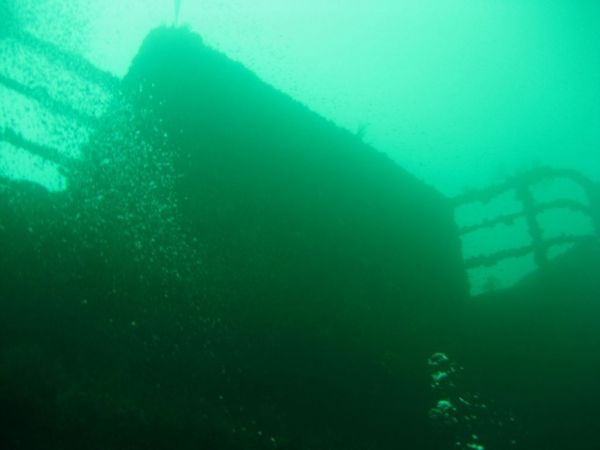

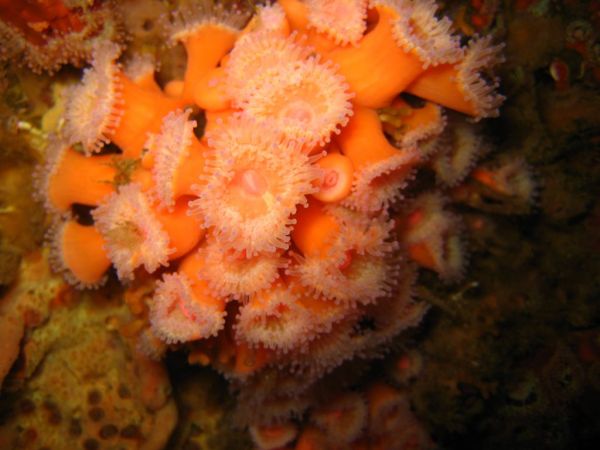
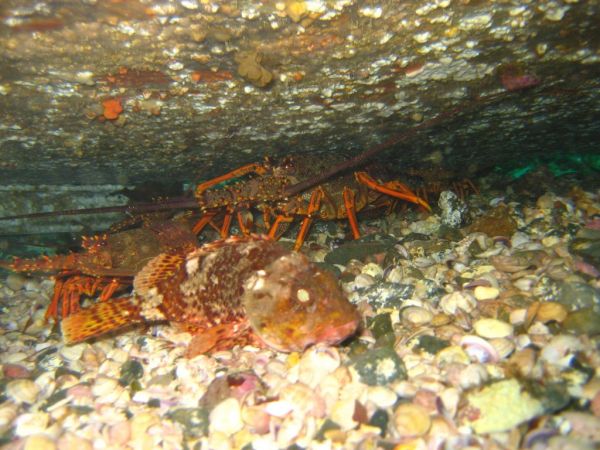
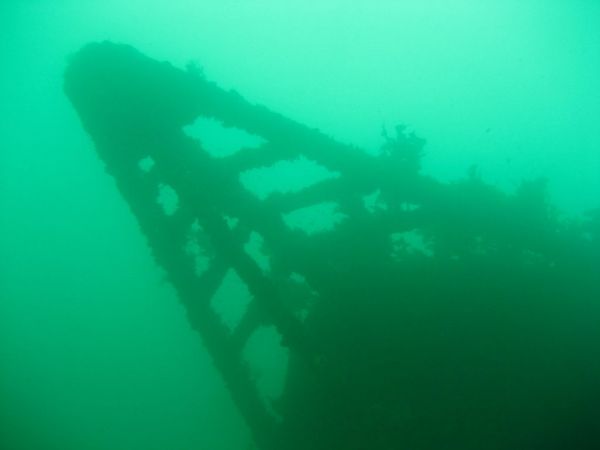
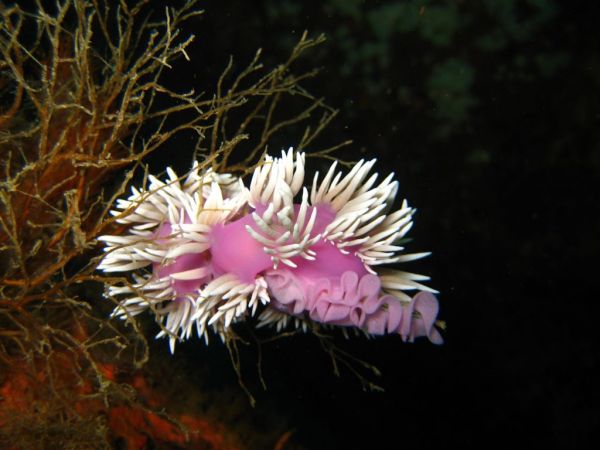

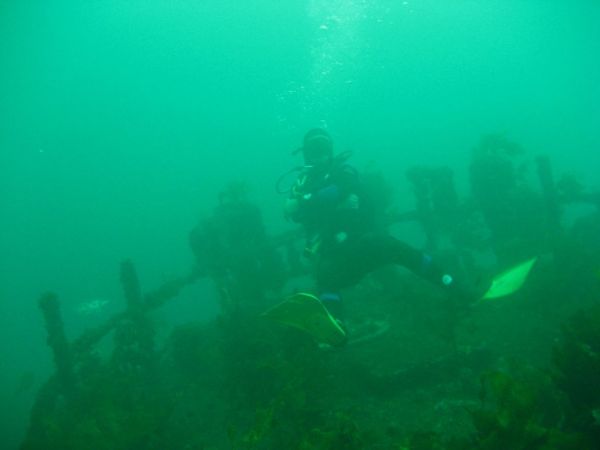
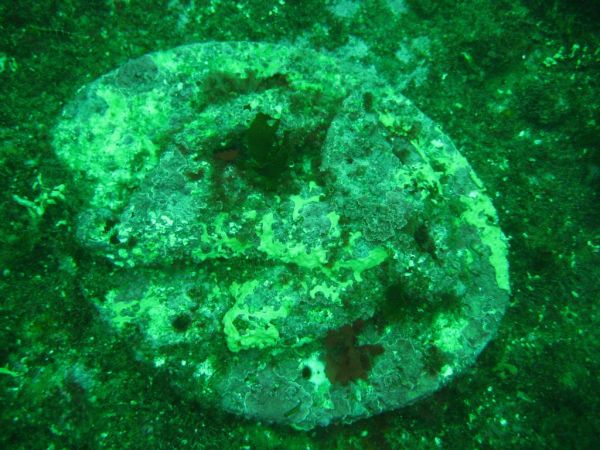
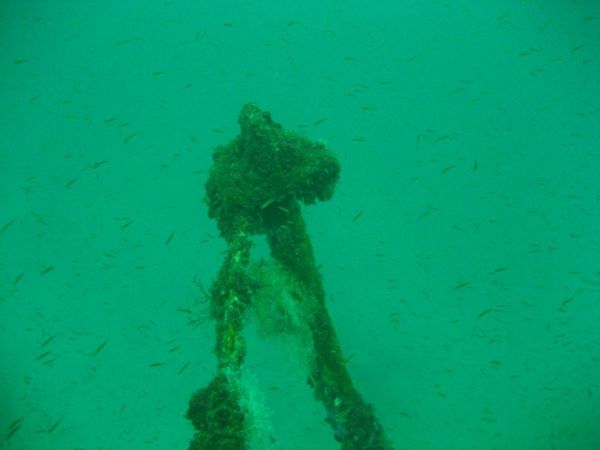
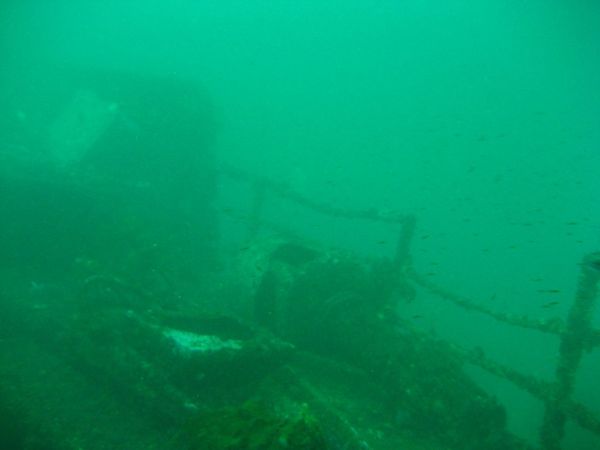

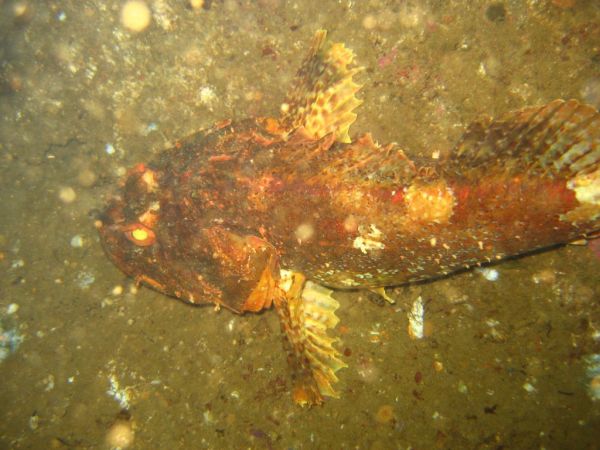
The second dive is around on the Cavalli islands. Giant seaweeds hiding a few fish and nudibranches.
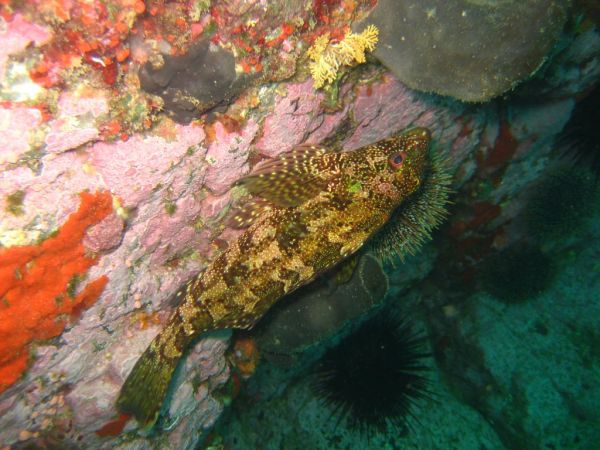
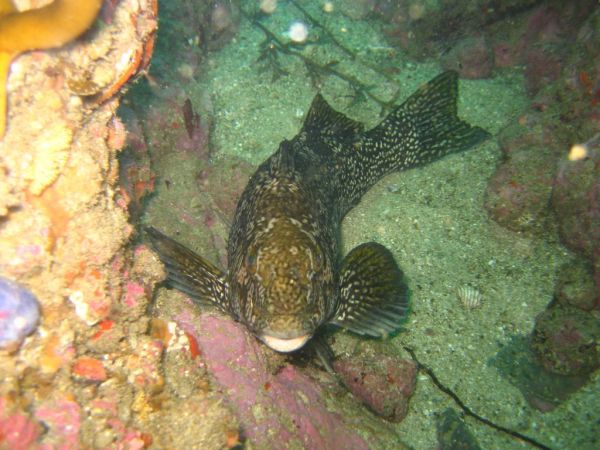
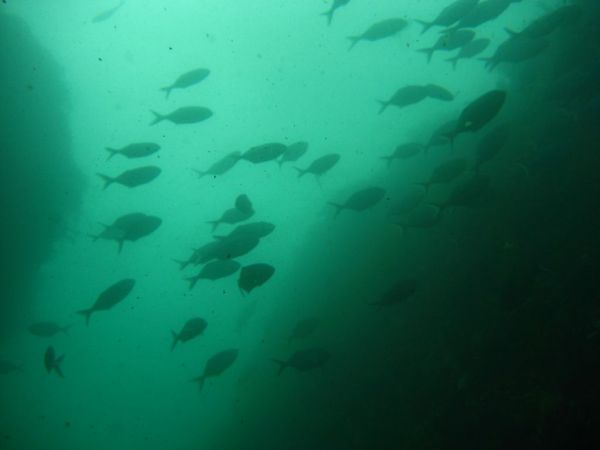
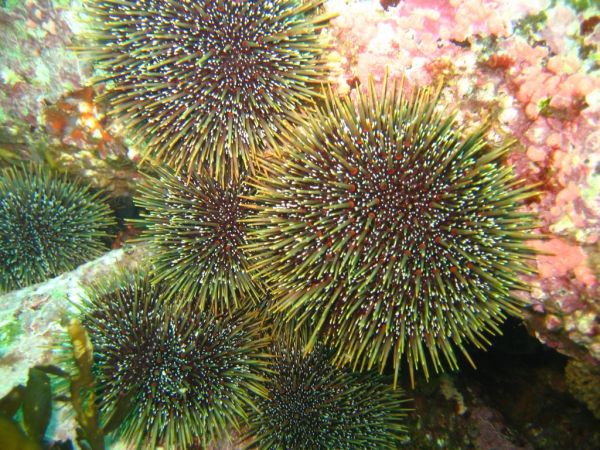
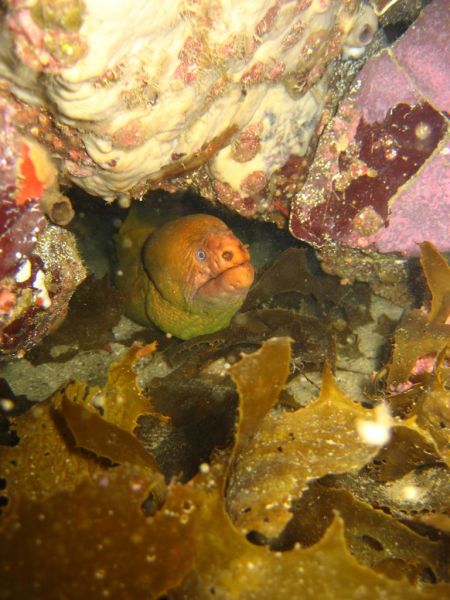
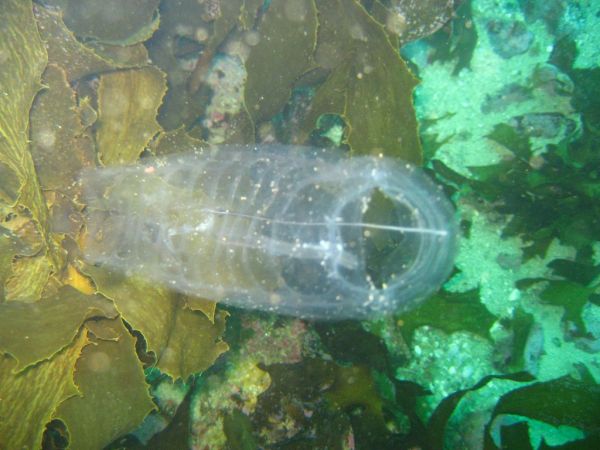
« previous entries - page 6 of 7 - next entries »





 visits
visits